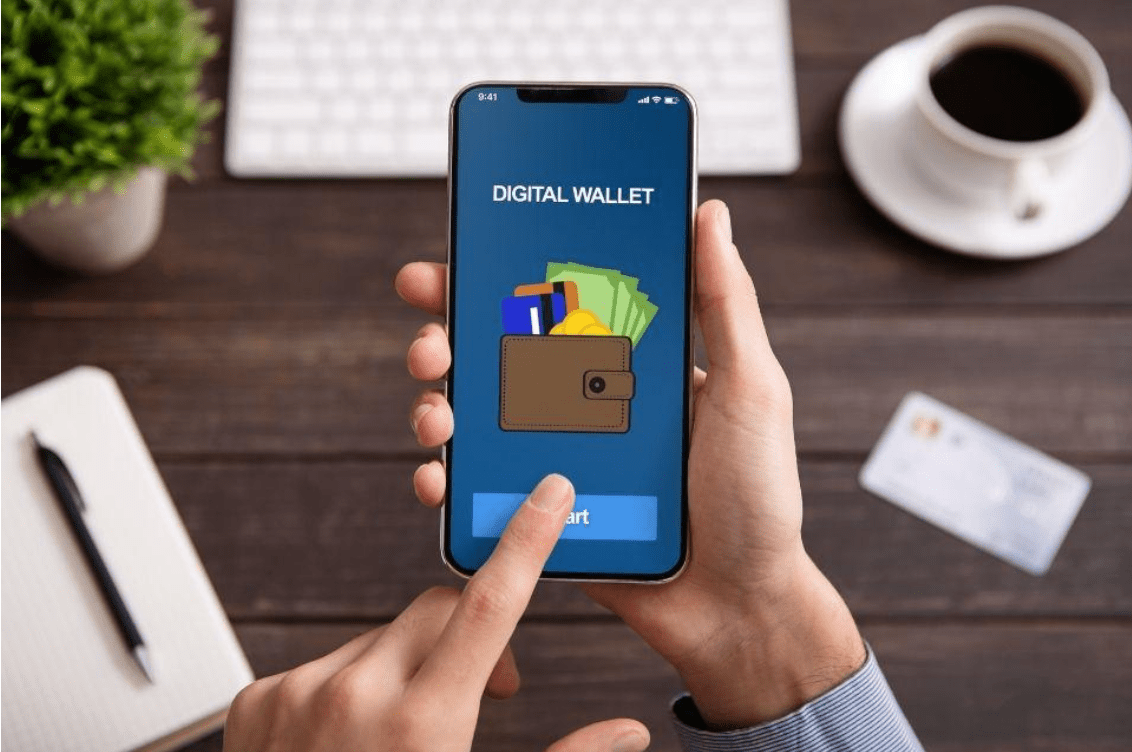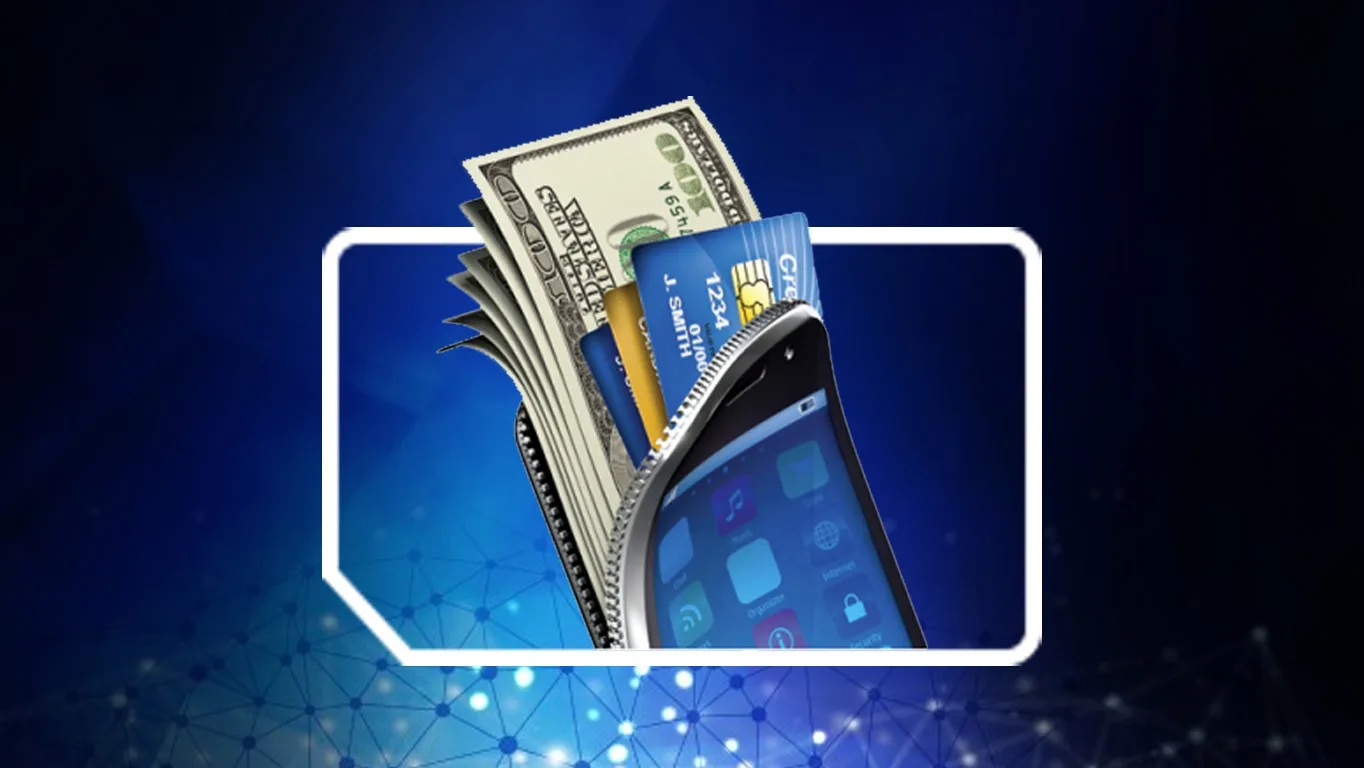Are Digital Payment Trends Changing Consumer Behavior?
Although consumption habits generally depend on socio-cultural and economic conditions, they are also affected by technological trends. Consumer behavior patterns are affected by many factors. One of the most important ones is digital payment trends. Digital payment trends directly affect consumer behavior. With the spread of digital banking solutions, consumers prefer the digital payment method even for daily payment transactions.
There are differences in reflexes and savings between expenses completed using traditional payment methods and those completed using digital payment solutions. Which methods are used are very determining factors in shopping habits and spending preferences.
For example, in the past, you had to be physically present in a store to purchase a product. However, thanks to today’s digital banking solutions, you can buy expensive products, develop investment strategies and transfer assets within seconds via a mobile phone. This flexibility may also cause some security vulnerabilities and risks from time to time.
What Are The Latest Digital Payment Trends Reshaping Consumer Habits?

Digital banking is changing and developing rapidly every day. This situation causes the number of digital payment trends to increase day by day. Mobile payments, digital wallets and virtual cards can be listed among the most common digital payment trends today. Payment methods are a very decisive issue for users’ consumption habits. For this reason, advanced and digital payment methods are changing the consumption habits of customers today.
Transactions made with these digital payment methods can be completed in a much shorter time. Both businesses and users gain more flexible and faster payment skills with these payment methods. As one of the factors shaping customers’ consumption habits recently, the increase in online shopping opportunities is also one of the trends that should be mentioned.
The complete change in traditional shopping methods leads people to use more credit cards. This will require financial platforms working in this field to produce solutions that meet innovative needs.
Cryptocurrencies should also be counted in addition to these digital payment trends. With its decentralized structure and fast transaction ability, cryptocurrencies and blockchain technology are among the popular digital payment trends. Because blockchain technology radically changes spending habits by allowing you to transfer assets on a global scale.
How Are Digital Wallets And Mobile Payments Impacting Consumer Choices?
Digital wallets and mobile payment solutions speed up consumers’ payment transactions. The entire process is completed faster and more practically compared to traditional payment methods. For example, while it is necessary to carry a physical card or cash in traditional banking, the shopping experience can be a process that requires more energy.
Users who complete their payment processes more flexibly and easily are more likely to shop more and benefit from banking services. Although this may cause customers to make wrong decisions as they consume their assets faster, it provides a user-oriented and practical banking experience.
You can develop investment projects by changing asset types through digital wallets. You can make cross-border payments and asset transfers on a global scale. This flexibility allows not only individual users but also businesses to work internationally, increasing the number of potential customers. Businesses that accept digital wallets or mobile payments as a form of payment reach more customers.
What Behavioral Shifts Are Observed In The Era Of Contactless Payments?
One of the most common digital payment trends in recent years is contactless payments. With the spread of contactless payments, consumers are moving away from traditional payment methods that physically require more energy and are turning to businesses that accept this type of digital payments.
No matter what product or service they want to buy, consumers prefer businesses that accept methods such as contactless cards or digital wallets to experience a faster and more practical payment process.
In addition, contactless payment methods have become even more popular with our increasing hygiene concerns after the pandemic process we have experienced in recent years. This has increased consumers’ preference for contactless payment methods even in everyday payment transactions.
Can Digital Payment Options Influence Spending And Saving Patterns?

Spending and saving patterns have experienced radical changes with the entry of digital payment methods into the market. Digital payment methods such as digital wallets, mobile payments, contactless payments, cryptocurrencies increase accessibility by offering convenience. This can create difficulties for users who need to save money by increasing the ease of shopping and therefore consumption.
However, digital banking solutions not only speed up payment processes but can also contribute to savings plans thanks to the technology and tools they offer. Banking applications that work with artificial intelligence tools enable savings and budget planning with payment restriction options and automatic payment features.
Although spending habits are directly affected by economic and social conditions, payment methods and accessibility also greatly affect them. Payment processes that can be completed more easily and practically encourage consumers to spend more. More spending for users can lead to more earnings for businesses, especially since decentralized finance such as cryptocurrencies offer a more flexible financial ecosystem.
How Do Security Concerns Impact Consumer Confidence In Digital Payments?
Security concerns have always existed in the development of digital banking. There are many factors that affect consumers’ trust in digital payments. There are some security concerns as consumers can make their payments quickly and within seconds. They expect to be assured that the data containing their personal and financial information is protected in confidence and confidentiality.
Although situations such as possible security vulnerabilities, identity theft and fraud in online banking and digital payment methods concern consumers, this technology also offers a much more advanced level of privacy and security than traditional banking.
Although consumers who persistently continue to use traditional payment methods that have not adapted to innovative digital payment trends are avoiding online solutions due to security vulnerabilities, it is useful to remember that digital banking offers high-level services regarding security and privacy to such businesses and consumers.
See you in the next post,
Anil UZUN
